In 2018, Gates Family Foundation made informed, engaged communities a strategic priority area — joining with partners to launch the Colorado Media Project as a community-based response to the insidious decline of our local news ecosystem and the negative impacts on civic conversations and engagement.
We recognized that sustaining trustworthy, solutions-focused, local news is key to making progress in our core areas of focus — from education to natural resources to community development. This is why, for decades prior, we invested in public media and nonprofit, digital startups as a cross-cutting strategy across the Foundation.
Gates Family Foundation’s current three-year commitment to the field of local civic news was inspired by rebellious journalists who dared to chart a new path toward meeting 21st century information needs, and by a new spirit of collaboration among mission-driven journalists that was emerging across Colorado.
So this year, as part of our broader effort to engage the community in informing Gates Family Foundation’s new strategic plan, we took a step back to solicit feedback from our key stakeholders.
We wanted to know if they thought we’d been effective and what work remains to be done, so we could focus our energy and resources to be most impactful.
We broadly distributed a survey to stakeholders and received responses from 66 people, including journalists, philanthropic funders, and nonprofit leaders. We asked them to identify the most pressing challenges and most promising opportunities.
What we heard
We heard that today’s fragmentation of the information ecosystem has left audiences struggling to determine what to believe.
One veteran local journalist said “discerning what is ‘trustworthy,’ what is ‘independent’ is a challenge for the most educated reader. A danger exists for greater polarization, further unraveling of the social compact.”
The vacuum left by shrinking “old power” media powerhouses hasn’t been filled by a truly diverse independent local news ecosystem that helps audiences distinguish accurate information from a cesspool of mis- and disinformation.
One nonprofit leader commented that despite the profound changes in the media landscape: “It’s the same people who hold the power / are the gatekeepers / don’t include consumers / don’t treat audiences like real people who also want to make media/tell stories/contribute.”
Yet meanwhile, another warned: “We can’t lightly support a thousand seedlings. We need to nurture deeply planted efforts and elevate the recognition of strong, locally owned and committed institutions.”
This highlights a key question: How can we support a more cohesive — and inclusive — local information ecosystem that Coloradans trust to help them make important decisions for their families, communities and the state?
One key is to ensure that more local newsrooms can connect with the experiences and information needs of diverse audiences.
A nonprofit media leader noted that lack of diversity in media organizations leads to a “disconnect with a large section of the audience because stories aren’t being told that are relevant to many.”
When asked how to strengthen local journalism, respondents highlighted the need for even more collaboration and capacity building.
“Convening grantees/funders around important topics would be so helpful … creating a mechanism for us to network and for peer-to-peer learning. A major gap is how disconnected we all are in the journalism world in Colorado,” said one media organization leader.
A nonprofit leader highlighted the need to “support capacity-building in underrepresented communities, increase opportunities for underrepresented and aspiring storytellers and reporters.”

But one association representative suggested that media organizations should cast an even wider net when soliciting input on their future direction: “Be sure to invite reference librarians, urban planners, technologists, elementary and secondary teachers, ethnographers, and diverse students into the strategic planning process.”
The survey also asked about views of federal, state, or local policy initiatives that could support robust local media. Currently, the U.S. Congress is considering a payroll tax credit for local news organizations to retain and hire local journalists as part of broad stimulus funding legislation, and a number of state and local initiatives to support civic news are beginning to take hold in Colorado and across the U.S.
Here’s a sampling of suggestions for the best opportunities for Gates Family Foundation to strengthen local public service journalism in the future.
- “I could see Gates Family Foundation playing an impactful role in asking journalism and community-serving organizations to practice equity in their work, by providing the tools or environment to learn and workshop them, and by holding them accountable to their work.” (national funder)
- “Gates has the chance to lead a statewide call to action that elevates journalism in the state and unlocks significant new resources for local news, by challenging individual donors and philanthropies to make transformative investments right now.” (funder/philanthropic leader)
- “Individual, project-focused grants are great. But they are not going to move the big needle the way bringing together philanthropy in a sustained way could. If Gates/CMP can be successful in that, it could truly be a model for the rest of the nation and change the face of journalism in Colorado and beyond.” (media nonprofit leader)
- “I am most concerned about the lack of both for-profit and nonprofit business models for economically underserved communities in Colorado and elsewhere. Gates can be instrumental in identifying those areas, helping channel philanthropic funds to news organizations that will cover critical issues in those communities — and supporting policy proposals that will provide at least temporary relief to strong, struggling news organizations that aim to cover those communities.” (national Colorado Media Project advisor)
- “Create an easy conduit for funders who don’t have the bandwidth or ability to run programs (you’re already doing this); continue to explain how this work is relevant to other funders’ missions (it is).” (Colorado funder)
What’s next
We’re so grateful for this thoughtful and enlightening feedback, which is just the beginning of what we hope will be a continuing conversation on these important topics with the diverse and committed community of media advocates in Colorado and nationally.
In the coming weeks and into 2022, our team will be sharing more on our strategic direction looking toward the next five years.
Our challenge is daunting and we agree with the feedback that collaboration — not just among journalists, but encompassing a broader cross-section of the concerned public — will be vital if we are to make meaningful progress toward a healthier, more inclusive public square.
Thank you — and we look forward to connecting with you soon.

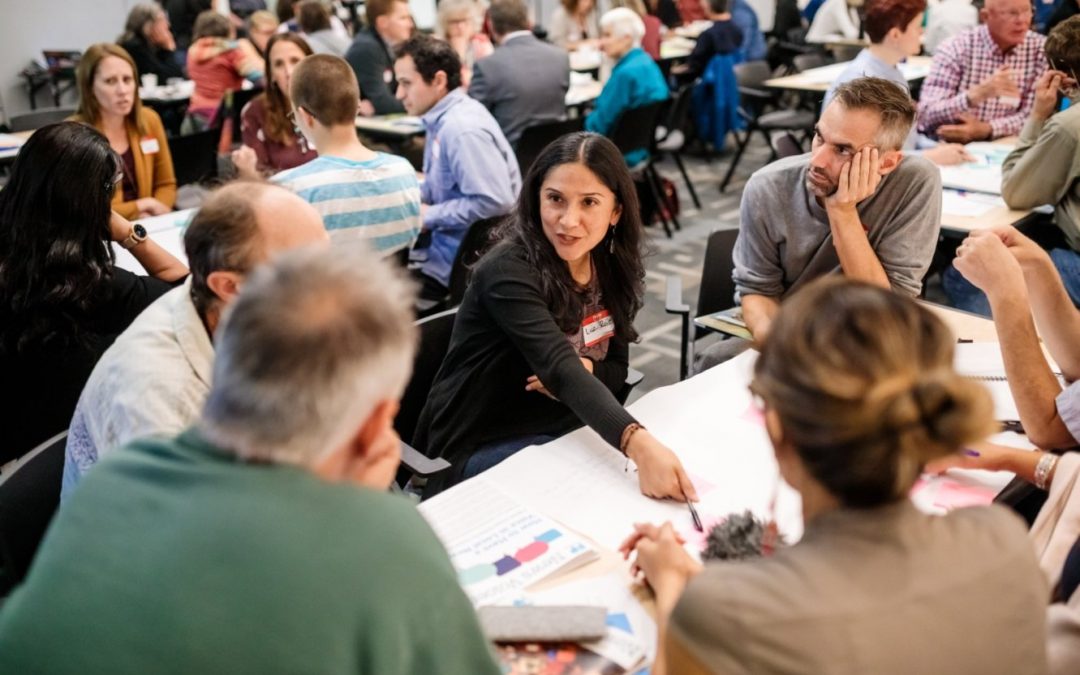


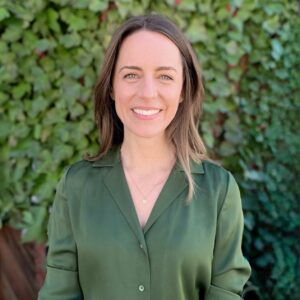
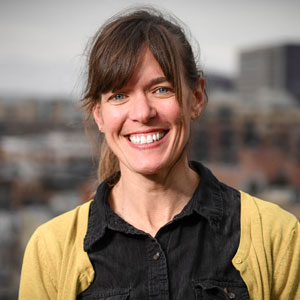
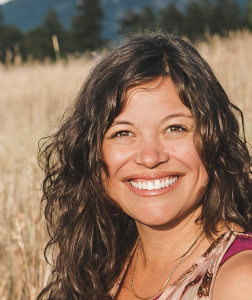
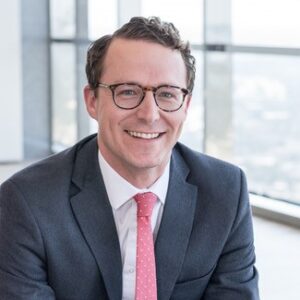

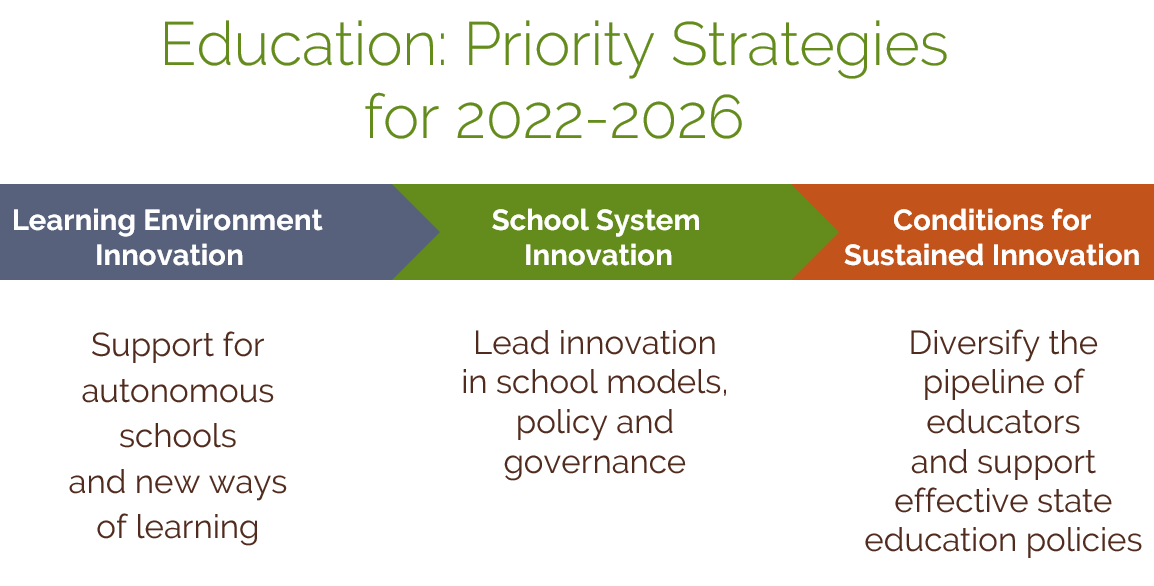

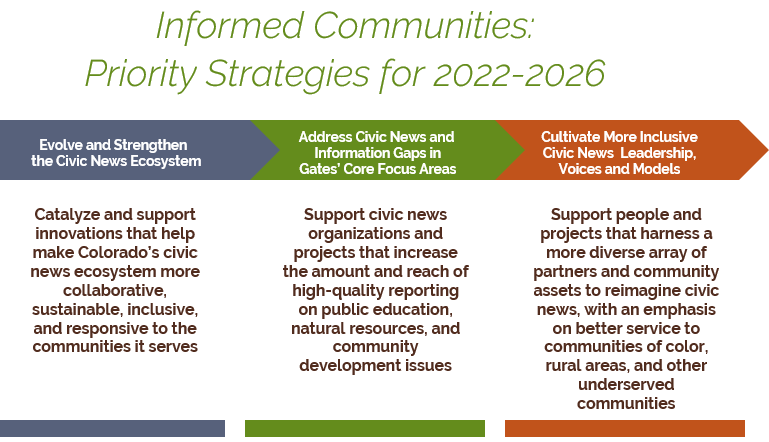
 Finally, also in 2023 a total of $410,956 previously committed by Gates to the
Finally, also in 2023 a total of $410,956 previously committed by Gates to the 


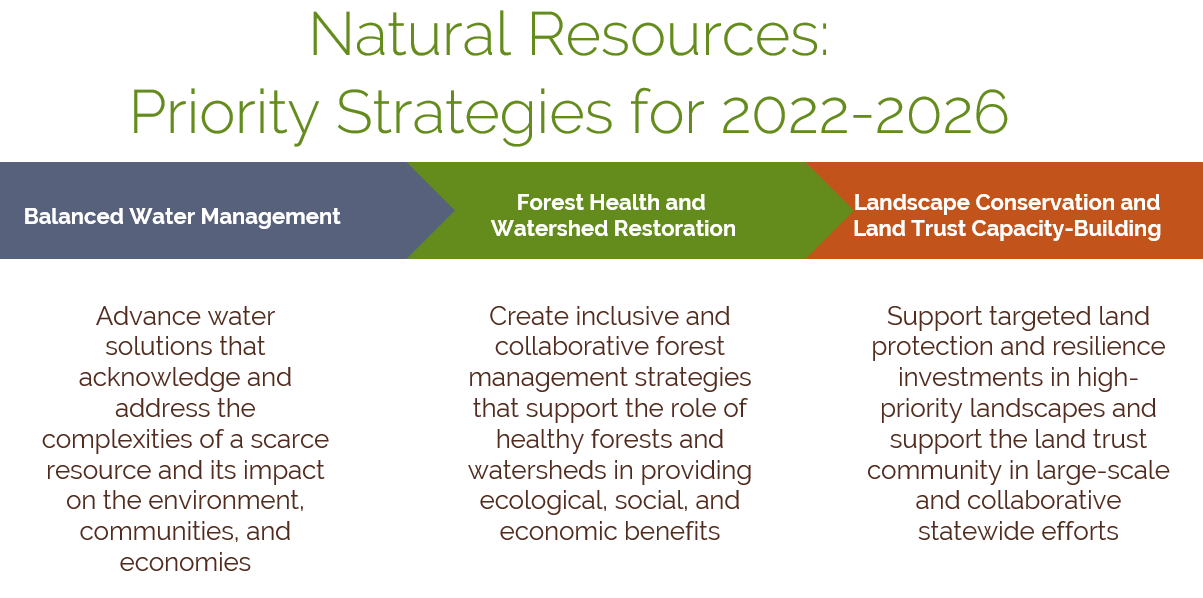
 A total of $1,110,956 committed to the
A total of $1,110,956 committed to the 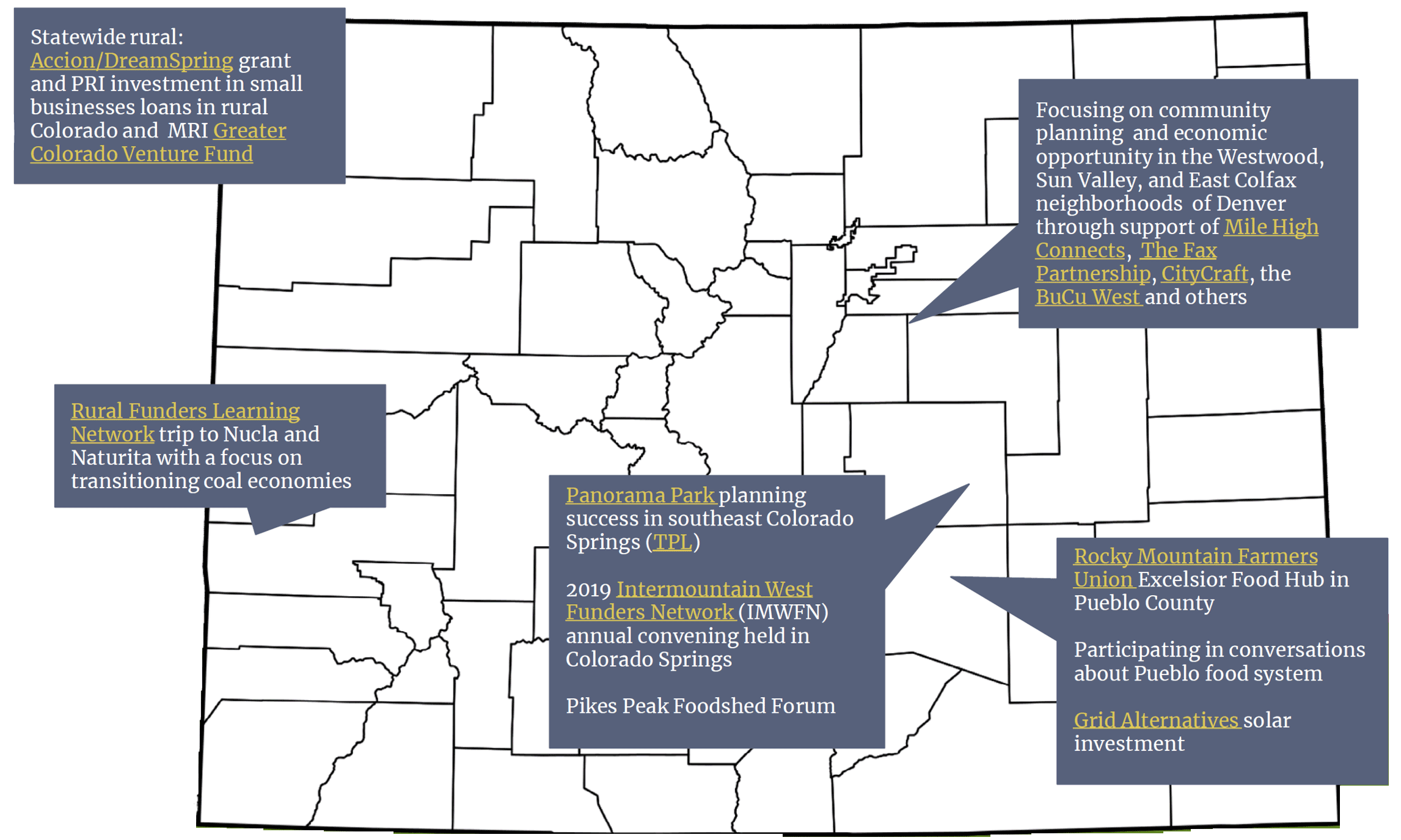 In 2019, the Community Development program committed $932,500 in strategic grants to 13 organizations and $465,000 in responsive capital grants to 12 organizations. New impact investments supporting vibrant communities in 2019 included a $500,000 MRI to
In 2019, the Community Development program committed $932,500 in strategic grants to 13 organizations and $465,000 in responsive capital grants to 12 organizations. New impact investments supporting vibrant communities in 2019 included a $500,000 MRI to 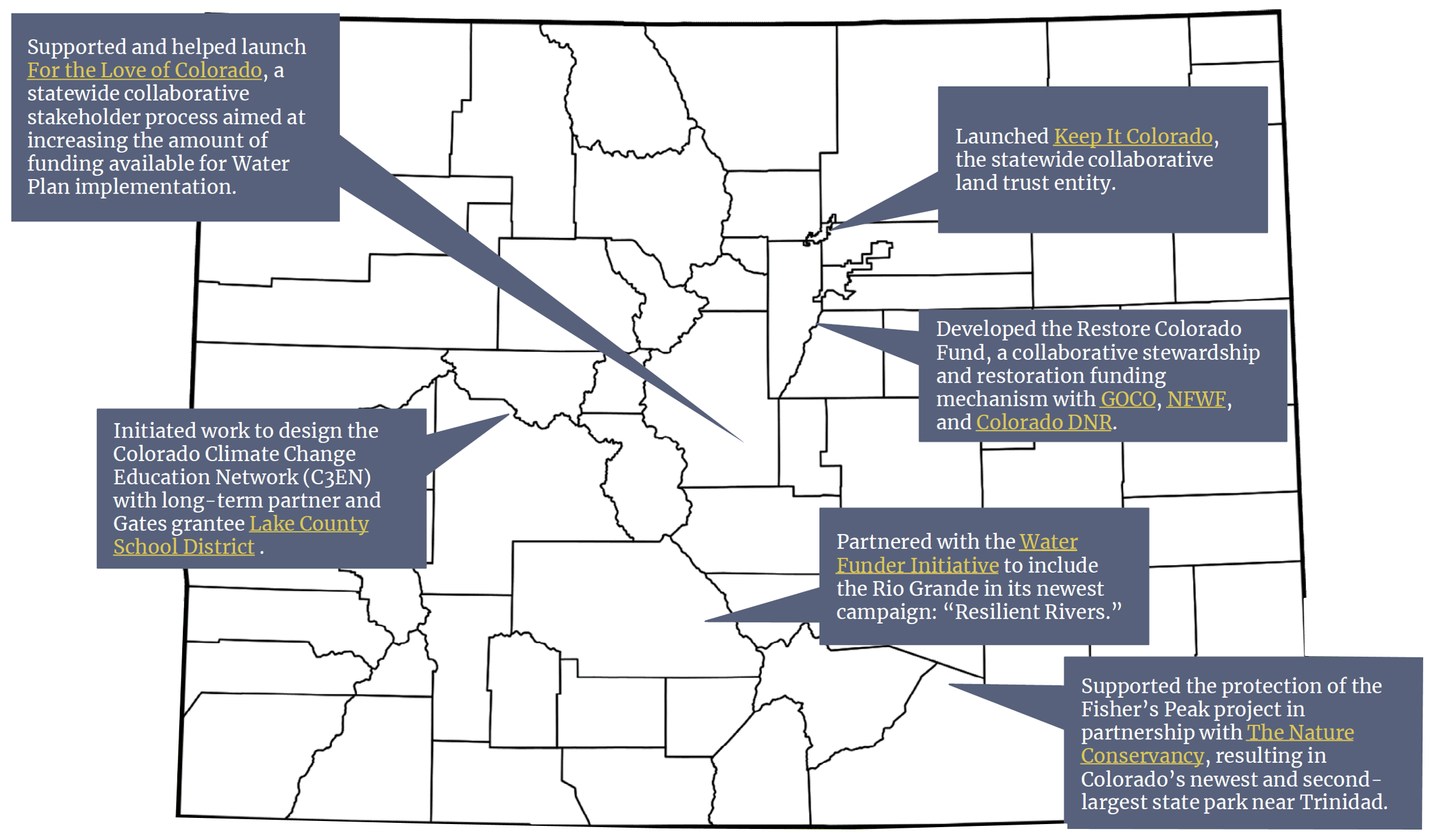 Our Focus Landscapes initiative, a key element of our Natural Resources program, underwent a comprehensive review, revision, and re-launch in 2019. This initiative was launched in 2011 to help Colorado achieve landscape-scale conservation through the protection of private lands in specific geographies. A great deal of progress was made in North Park, southeast Colorado, and the San Luis Valley, resulting in more than 200,000 acres of farm and ranch lands conserved, along with their associated ecological values. The strategic review process was done in close partnership with the land trust organizations representing those geographies, providing lessons-learned and an exploration of emerging opportunities. The revised Focus Landscapes initiative will first focus on two geographies:
Our Focus Landscapes initiative, a key element of our Natural Resources program, underwent a comprehensive review, revision, and re-launch in 2019. This initiative was launched in 2011 to help Colorado achieve landscape-scale conservation through the protection of private lands in specific geographies. A great deal of progress was made in North Park, southeast Colorado, and the San Luis Valley, resulting in more than 200,000 acres of farm and ranch lands conserved, along with their associated ecological values. The strategic review process was done in close partnership with the land trust organizations representing those geographies, providing lessons-learned and an exploration of emerging opportunities. The revised Focus Landscapes initiative will first focus on two geographies: 